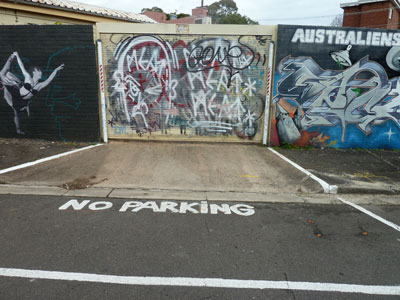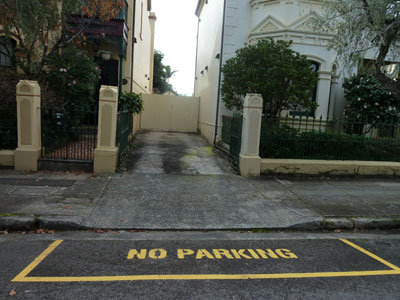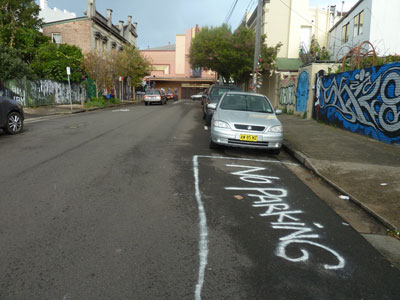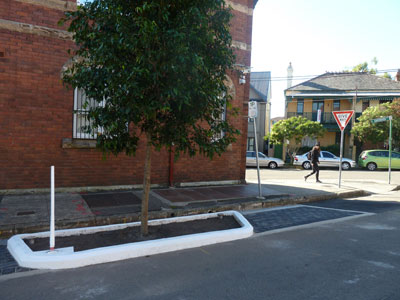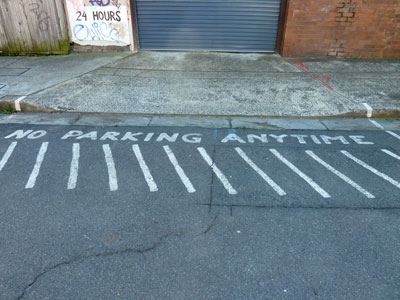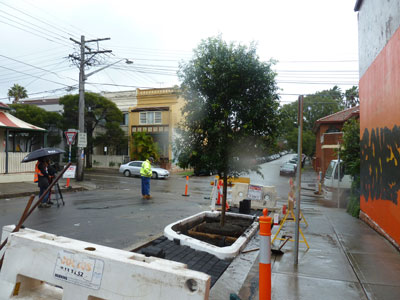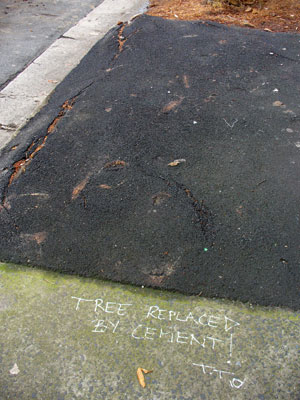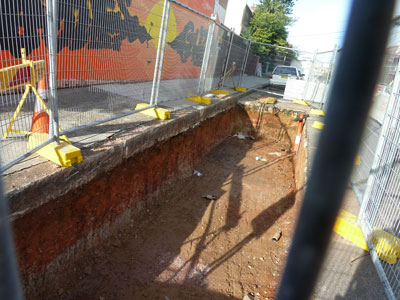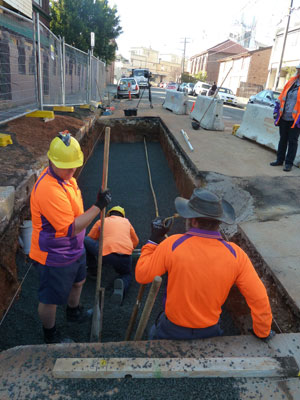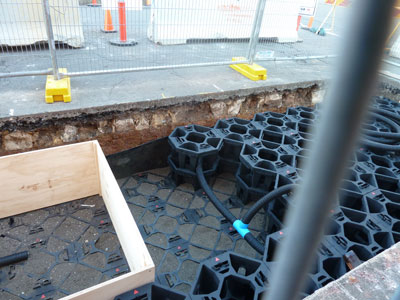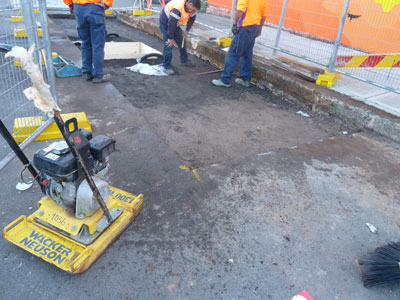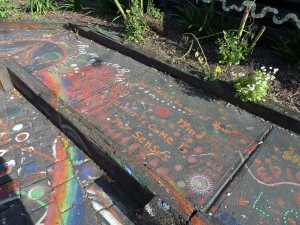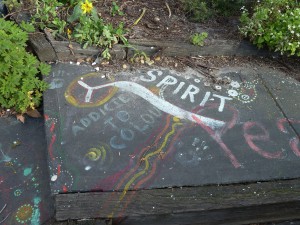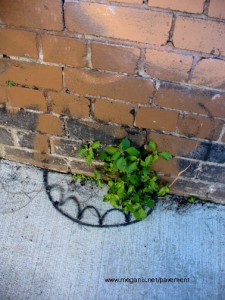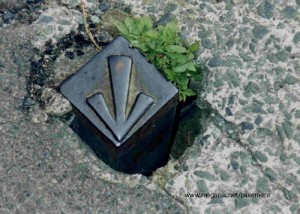This is a story about the struggle between the green and the grey, between leaves and asphalt, between street trees and street parking, between what ought to be and what is. In inner city suburbs like Enmore and Stanmore, Marrickville Council is caught in this struggle.
One of the most stressful aspects of urban living is the shortage of parking. Suburbs that sprang up in the Victorian era, when there was no such thing as a motor car, are now undergoing gentrification; households often have more than one car but few houses have off-street parking.
Given the convenience of public transport in area, why do these people need cars? Partly it’s snobbery. Does your solicitor join the plebs on a bus to work? Would your doctor be seen dead in a train? Partly it’s necessity. With both parents working, try juggling work hours, childcare drop-offs and pick-ups, and Saturday sport all over the city. However much people might agree in principle with the environmental benefits of public transport and bicycle riding, often these are just not viable options.
Shortage of street parking spaces is made worse by visitors to the area. Now that Enmore has become a ‘vibrant entertainment precinct’ hundreds of customers come in the evenings to attend performances or enjoy the many new restaurants, bars and cafes. And they don’t necessarily want to travel across the city in public transport at night to get home. So they infiltrate ever-deeper into residential territory to find parking for their cars. Residents jealously guard driveways (if they have them) and fume when they have to park blocks away from their homes. Marrickville Council knows all this and is trying to address the problem with committee meetings, surveys, community consultation, plans and projects.
So why is Council intent on reducing the amount of parking in contested areas, rather than finding extra spaces? It’s because they are also committed to an Urban Forest Strategy that ‘recognizes the urban forest as an essential, living infrastructure asset and resource that provides a wide range of social, environmental and economic benefits’.
And this is what has prompted the demonstration project in Cavendish Street, Enmore, where large Lilli Pilli trees have been planted in structured soil in the roadway. I wrote about this project in my earlier post ‘What lies beneath’. And even though ‘permeable paving’ means that the space taken up by tree-planting ‘blisters’ is smaller than would normally be needed to keep trees healthy, there is no question that parking spaces have been lost. Residents of the street are supposed to have agreed to this arrangement, but they probably would have agreed to any scheme that saw the former huge, inappropriate and destructive fig trees removed from their footpaths.
Meanwhile parking pressure on nearby streets has been increased just that bit extra. What’s more, Marrickville’s draft Master Street Plan has Lilli Pilli (Waterhousia floribunda) or similarly large trees slated for some of these same streets. Given the narrowness of the verges, this must mean more in-road planting and more parking lost. Residents of these streets are not going to be too happy about this.
A 2013 survey of residents in the Marrickville Local Government Area found that most people like having greenery in their suburbs. Of course. But what the survey doesn’t mention is that householders also like to park close to their homes and businesses don’t want customers put off by lack of parking. Until a whole lot of things in the world change, this reliance on cars and the need for parking isn’t going to go away. In-road planting is an impractical component of the urban forest strategy and would have measurable social and economic costs. An ideological commitment to such a component would have a detrimental, not a beneficial, effect on the local area. Small trees, please.
